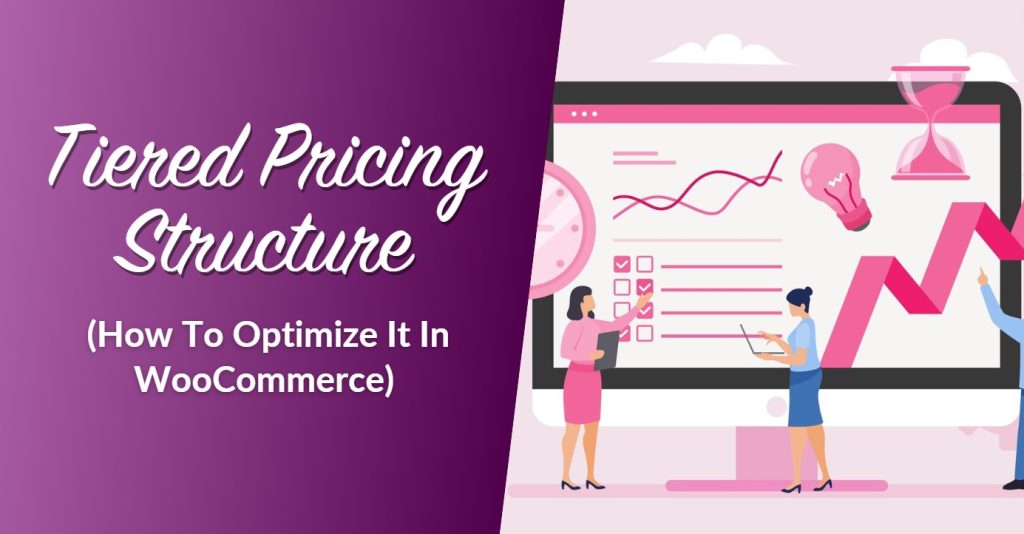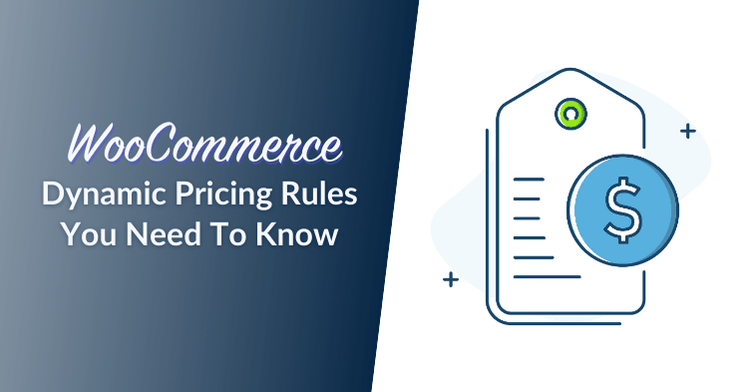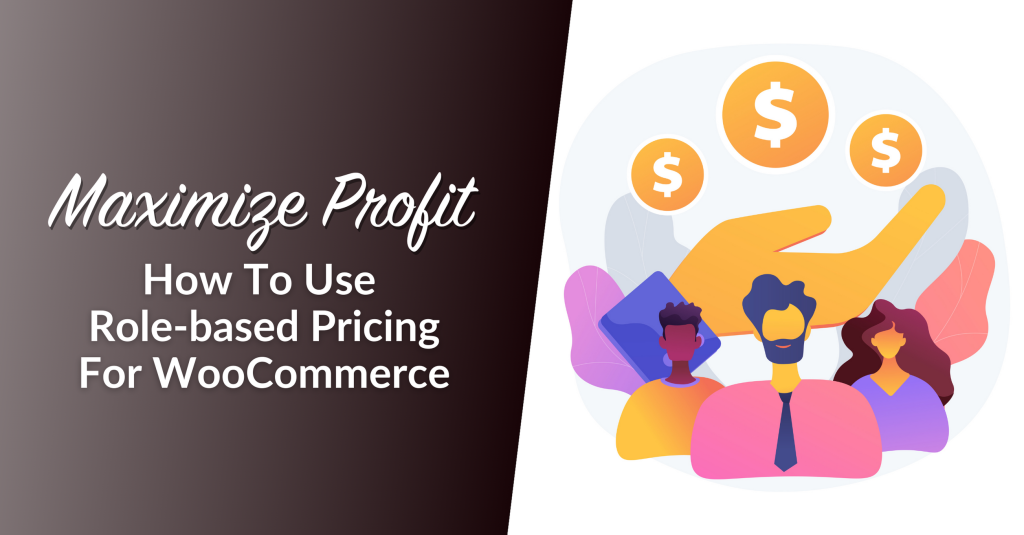
Pricing strategies involve more than setting numbers on your products. Unfortunately, it’s all too common for wholesalers to overlook the impact of their pricing decisions.
Choosing the right pricing strategy for your business can drive remarkable growth and profitability. The right mix of pricing strategies can help you attract new customers, improve your brand’s reputation, and boost your wholesale orders.
In the following sections, we’ll dive into the basics of pricing strategies and share key tactics you can use to grow your wholesale business. Let’s get started!
What Are Pricing Strategies?
Pricing strategies are deliberate and well-thought-out approaches businesses use to set prices for their products and services. They are carefully designed to cater to the unique needs of a business and its target market.
To determine the right pricing strategy, wholesalers must analyze several factors, including production costs, competition, market demand, and customer perception. The best pricing strategy strikes a balance between attracting customers and maximizing revenue.

Why is nailing your pricing strategy important?
Getting your pricing right is the fastest and most effective way to increase profits. Despite this, many businesses still overlook the importance of their pricing decisions. While they might spend considerable time on product development, marketing, and acquisition, they often miss the chance to boost revenue by neglecting pricing.
A winning pricing strategy can help your wholesale business:
- Drive Sales: The right pricing can drive more customers to purchase from your business, leading to higher sales volume and increased revenues.
- Enhance Customer Retention: Customers who perceive your pricing as fair and aligned with the value they receive are more likely to remain loyal to your brand.
- Improve Customer Perception: The right pricing strategy effectively communicates the value of your products, instilling confidence in your customers.
- Stand Out From Competition: A well-defined pricing strategy can help you position your wholesale business competitively.
In contrast, a weak pricing strategy can lead to customer hesitation, missed opportunities, and limited profitability.
Below, we’ll explore the pricing strategies you can implement to grow your wholesale business and set the foundation for long-term success.
Long-Term vs. Short-Term Pricing Strategies: What’s The Difference?
When choosing the right pricing strategy, it is important to assess whether a long-term or short-term approach is better suited to your current business goals. Let’s explore the differences between both approaches and when they can benefit your wholesale business.
What are short-term pricing strategies?
Short-term pricing strategies focus on immediate results and quick revenue gains. It may involve time-sensitive promotions like limited-time offers, discounts, or seasonal pricing to drive sales in the long run.
This may be the right approach for your business if you’re looking to:
- Boost Short-Term Sales: Short-term pricing strategies can create a sense of urgency for customers and encourage them to purchase quickly to take advantage of limited offerings.
- Clear Excess Inventory: If your wholesale business has excess inventory that needs to be sold quickly, offering short-term discounts can help you clear up stock quickly.
- React To Market Changes: Offering limited-time pricing provides flexibility to respond to sudden changes in demand, market conditions, or competitive pressures.

What are long-term pricing strategies?
On the other hand, long-term pricing strategies are designed to promote sustainable business growth and build lasting customer relationships. These tactics entail setting prices strategically over an extended period to create a solid brand reputation and foster customer loyalty.
Your wholesale business may benefit from a long-term pricing strategy if you aim to:
- Establish Market Leadership: Maintaining stable prices and emphasizing the value of your products can help position your brand as a premium option in your niche.
- Foster Customer Loyalty: Long-term pricing strategies can create a perception of reliability and consistency, building customer trust and loyalty.
- Maximize Customer Lifetime Value: By nurturing long-term relationships with your customer base, you drive repeat orders and referrals, increasing their lifetime value.
Choosing the right pricing strategy is pivotal to your business’s success. However, it’s important to recognize that no one-size-fits-all solution exists. Instead, you must align your strategies to meet your unique business objectives and target market.
It is also crucial to note that shifting market dynamics, customer feedback, or even changes in your business goals may require adjustments to your pricing approach over time. As a wholesale business, you can tailor your approach to find the most effective combinations.
In the next section, we’ll dive into the specific tactics under each category to help you choose the right strategy for your business.
3 Key Short-Term Pricing Strategies
Short-term pricing strategies entail planning and executing pricing decisions over a defined period, such as a month, a quarter, or a year. They aim to drive immediate results and capitalize on specific market opportunities.
Here are some effective short-term pricing strategies you can use for your wholesale business:
1. Promotional pricing
Promotional pricing is a dynamic strategy that involves offering discounts or special deals for a limited period, aiming to increase sales and attract new customers. Creating a sense of urgency encourages your customers to make quick purchases before the promotion expires.
As a wholesaler, you have powerful tools to implement successful promotional pricing strategies. One such tool is our Wholesale Prices Premium plugin, designed to integrate seamlessly with your WooCommerce online store.

With Wholesale Prices Premium, you can easily set up and manage promotional pricing for specific customer groups, offer tiered discounts, or create exclusive deals for loyal customers.
2. Penetration pricing
This short-term strategy involves setting low prices on new products introduced to attract a large customer base early and quickly penetrate the market. Wholesalers can attract price-sensitive customers by offering lower-quality products and quickly gain market share.
This strategy can benefit companies launching new products in a highly competitive market. As more customers experience the value and quality of your offerings, you can gradually raise your prices and convert market share into long-term profitability.
While this strategy can help you drive sales volume early, it’s also important to consider the potential risks. To ensure sustainability, evaluate factors such as potential demand, production costs, and your industry’s competitive landscape.
3. Demand-orientated pricing
Demand-orientated pricing is a short-term strategy that involves setting prices based on customer demand and changing market conditions. Effectively implementing this approach requires careful evaluation of demand patterns, seasonal fluctuations, and customer preferences.
For instance, wholesalers can maximize profits by adjusting prices to match the increased customer interest and willingness to pay during peak demand periods, such as seasonal sales or special events.
Alternatively, businesses can implement flexible pricing strategies to keep customers interested during low-peak periods. Offering discounts or special deals during slower periods can help improve cash flow and clear excess inventory.
3 Key Long-Term Pricing Strategies
Long-term pricing strategies are carefully crafted methods designed to help businesses ensure sustainable profitability in the long term. These strategies are critical for industries with prolonged product development cycles, such as those in pharmaceutical fields.
Let’s explore some of the most widely-used long-term pricing strategies you can use for your business.
1. Premium pricing
Businesses use this long-term pricing strategy to emphasize superior product benefits or high-quality services. Premium pricing aims to establish and maintain a high price position, resulting in customers perceiving your products or services as of top quality.

With this strategy, you can maintain a regular price point during the product cycle’s introduction, growth, and early maturity stages.
Then, as the product progresses through its lifecycle and nears its phase-out or introduction of a new version, you can set lower prices to clear out inventory.
2. Value-based pricing
This long-term pricing strategy involves setting prices based on the target market’s perceptions of the product or service’s value compared to competing brands. If your customers think your product’s price is fair at a certain amount, you should price it at that amount or near it.
Conducting comprehensive market research is crucial before launching a product or service. By monitoring customer preferences and demand changes, you can gain valuable insights to inform your pricing strategy.
Likewise, keep a close eye on any shifts in customer preferences over time. This continuous analysis will allow you to adapt your pricing tactics to ensure it remains aligned with the needs of your target market.
3. Profitability
This long-term pricing strategy uses cost-plus and target return pricing to determine long-term profit maximization for your business. Profitability involves setting prices of products and services based on the level of profits you plan to earn over a certain period.
Careful planning is also essential to implementing this strategy effectively. Begin by evaluating the projected demand for your new product or service and adjusting accordingly. Factors like production costs, target profit margins, and customer demand should also be considered.
Then, as the product progresses through its lifecycle, be prepared to make pricing adjustments based on market shifts, customer feedback, and emerging trends.
Other Related Articles
Frequently Asked Questions
What are the 3 P’s of pricing?
The 3 P’s of pricing are Price, Positioning, and Profit. Price refers to the amount a customer pays for a product or service. Positioning is how the price compares to competitors and the value it represents. Profit is the margin left after covering costs, which helps the business grow.
What are the three principles of pricing strategy?
The three principles of pricing strategy focus on customer value, competition, and costs. Customer value means the price should match what customers believe the product is worth. Competition plays a role because pricing should make sense compared to similar products. Costs must also be considered since the price needs to cover expenses while leaving room for profit.
What 3 factors most commonly influence pricing strategy?
The three biggest factors influencing pricing strategy are market demand, competitor pricing, and production costs. If more people want a product, businesses can charge higher prices. Competitor pricing affects strategy because businesses must stay competitive with similar products. Production costs also play a major role, as a company needs to cover materials, labor, and other expenses before making a profit.
Conclusion
Choosing the right pricing strategy is fundamental to running a successful business. Throughout this guide, we’ve explored the definition and importance of pricing strategies and the key approaches you can use to achieve your business goals.
We’ve covered some of the most effective short-term pricing strategies, such as:
Likewise, we’ve explored the following long-term pricing strategies to help your wholesale business achieve sustainable growth:
Keep in mind that there is no one-size-fits-all pricing solution for your business. As a wholesaler, don’t hesitate to adjust your strategies based on your business goals. Moreover, staying updated with industry trends, customer feedback, and competition is important to inform your pricing approach.
We hope this guide gave you valuable insights to help you choose the right pricing strategy for your business. Feel free to leave a comment below if you have questions!








